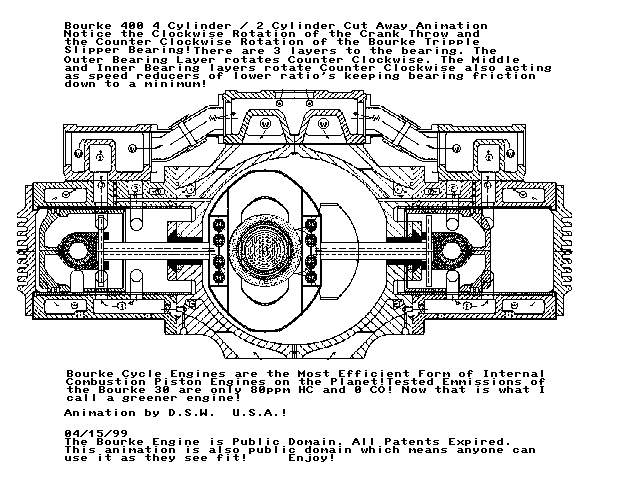Please Relax!!!
Elias,
Thank you for running these experiments and reporting your results. Your data supports what has already been said dozens of times on this thread. We know that decreasing the air-gap increases the magnetic attraction. We also know that ANY changes to the geometry that increase the tangential vector of the magnetic forces on the rotor increases the torque as well. Making the rotor piece smaller in diameter is one way to accomplish this, and there are others.
You are always welcome to ADD what you know to this thread if it is ON TOPIC. Your air-gap and geometry test data is welcome. Thanks for running the tests and bringing to our attention again.
Peter
Originally posted by elias
View Post
Thank you for running these experiments and reporting your results. Your data supports what has already been said dozens of times on this thread. We know that decreasing the air-gap increases the magnetic attraction. We also know that ANY changes to the geometry that increase the tangential vector of the magnetic forces on the rotor increases the torque as well. Making the rotor piece smaller in diameter is one way to accomplish this, and there are others.
You are always welcome to ADD what you know to this thread if it is ON TOPIC. Your air-gap and geometry test data is welcome. Thanks for running the tests and bringing to our attention again.
Peter


 !
!






 The amp draw was 1,48A at 24V. But the interesting thing is, that when using all three transistors, they did not get hot, only warm, nothing the fan couldn't handle. In the short test (a minute or so) the charging battery went up from 24.8 to 25.4V
The amp draw was 1,48A at 24V. But the interesting thing is, that when using all three transistors, they did not get hot, only warm, nothing the fan couldn't handle. In the short test (a minute or so) the charging battery went up from 24.8 to 25.4V 
Comment